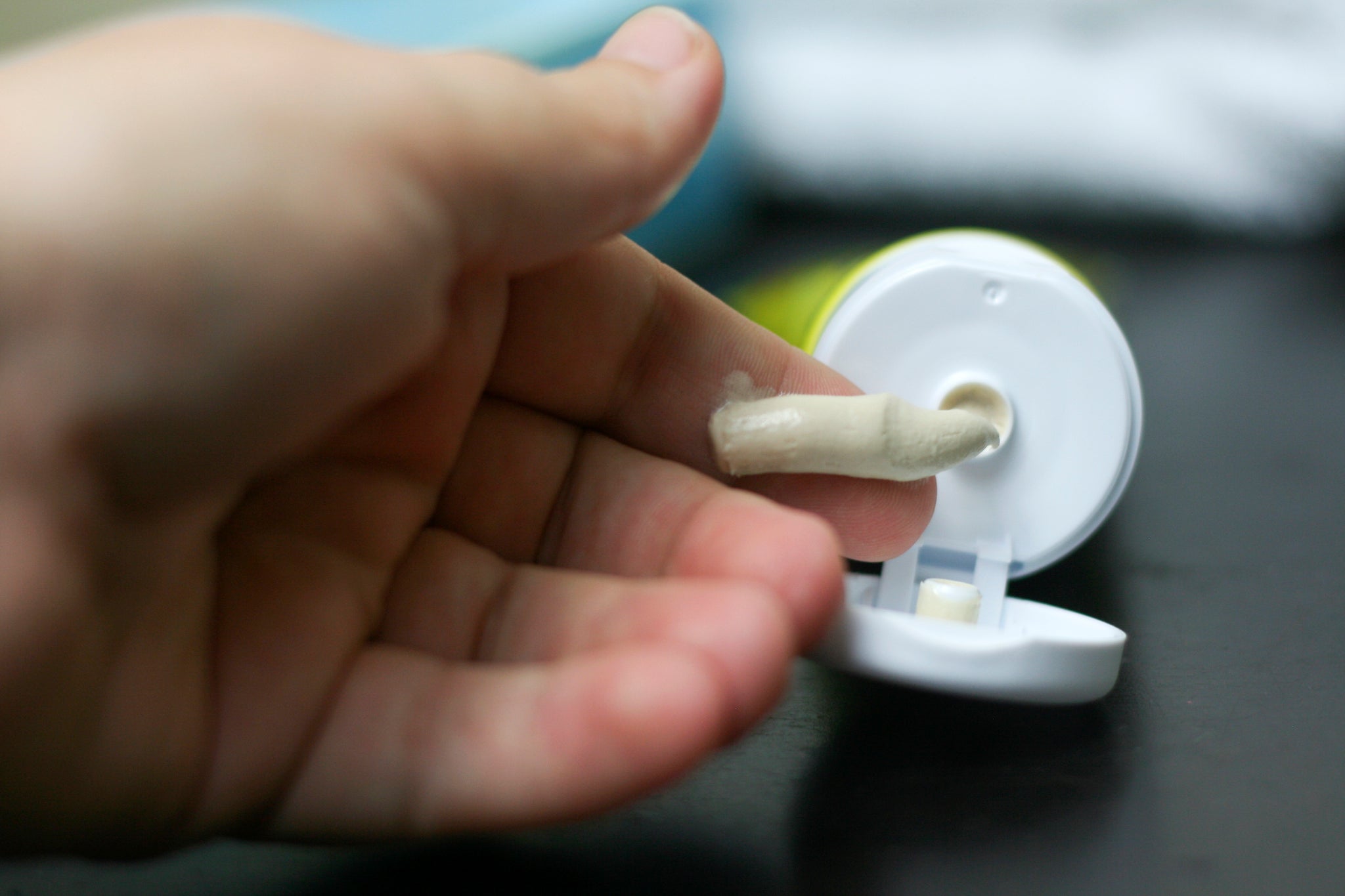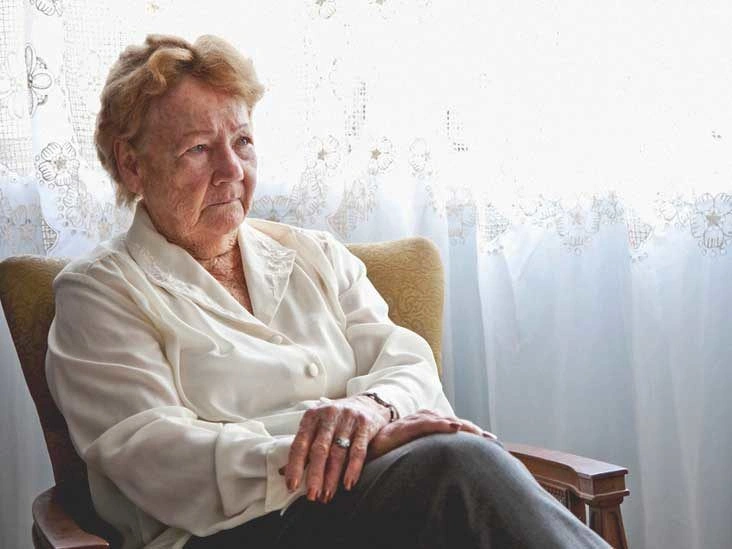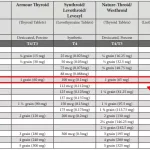Overview
Diaper rash can affect anyone who uses diapers or incontinence briefs, whether they’re adults, infants, or young children. In grown-ups, signs are similar to those seen in babies and toddlers and may include pink-to-red colored patches, peeling, or irritated-looking skin.
Often, diaper rash results from not changing diapers frequently enough, which allows urine and stool chemicals to irritate the skin. It can also stem from an allergic response, or from a yeast or other fungal infection.
Adult diaper rash is uncomfortable but is frequently manageable with over-the-counter (OTC) topical products or prescription medications. Read on for more details about this condition.

Symptoms
Signs of adult diaper rash can include:
- pink, dry skin in mild cases
- red, sore, raw, inflamed, or burned-looking skin in more severe cases
- skin lesions
- a burning sensation
- itching
The rash may show up on the buttocks, thighs, or genital area, and it can spread up toward the hips.
When a candida (yeast) infection causes the rash, you may see bright red, slightly raised skin with small red bumps that extend beyond the main rash. It can spread into skin folds.
Causes
Frequent causes of adult diaper rash include:
- Skin irritation. This can come from rubbing of wet skin against the diaper or prolonged exposure to chemicals in urine or stool.
- Allergic reaction. Older adults using incontinence briefs may react to fragrances or other additives in the diaper materials.
- Inadequate cleansing. Not properly washing the genital area during bathing can leave residue that leads to a rash in the diaper area.
- Candida. Yeast infections are a common cause of adult diaper rash because yeast thrives in warm, dark, moist environments. Frequent diaper changes help lower the chance of this infection.
- Fungal infection.
Treatment
Most mild cases of adult diaper rash can be treated at home. One of the most effective options is an OTC zinc oxide barrier cream.
Examples of adult diaper creams include:
- Balmex Adult Care Rash Cream
- Calmoseptine Diaper Rash Ointment
- Z-Bum Daily Moisturizing Diaper Rash Cream
- Desitin Rapid Relief Zinc Oxide Diaper Rash Cream
Instructions for treatment
These guidelines come from the American Academy of Dermatology (AAD). Always follow your physician’s instructions for treating your or a loved one’s particular rash.
- Apply a diaper rash ointment or barrier cream generously to the affected area two to four times daily.
- For a painful rash, it’s not necessary to remove the cream immediately; simply pat away excess product. Remove any remaining residue during bathing.
- If needed, cover the cream with petroleum jelly to reduce sticking, then put on a fresh, dry diaper.
Letting the affected area air out for a few minutes each day without a diaper is helpful — airflow aids healing. You can also use larger diapers temporarily to increase ventilation until the rash resolves.
Treating diaper rash from a candida infection
If a yeast or fungal infection is the cause, a doctor may recommend topical antifungals such as nystatin or ciclopirox (CNL8, Penlac) applied to the area two to four times a day, or for severe cases, at every diaper change.
Oral fluconazole (Diflucan) may also be prescribed. Follow your physician’s directions closely, and always confirm that any suggested diaper rash treatments won’t interact with other medications you or your loved one are taking.
When to seek help
Most diaper rashes improve after a few days of home care. However, older adults are at higher risk for infections due to a weaker immune system, so serious symptoms should prompt medical attention.
Contact your doctor if any of the following occur:
- the rash worsens or doesn’t improve after three days despite home treatment
- the area starts oozing, bleeding, or producing pus
- the rash is accompanied by a fever
- burning or pain during urination or bowel movements
Complications
Long-term complications from adult diaper rash are uncommon. In most instances, it clears up with correct care and treatment. Some adults may have diaper rash alongside other skin conditions such as psoriasis, eczema, or seborrheic dermatitis. See a doctor if you or a loved one shows signs of these conditions.
Outlook
If recurrent diaper rashes occur, inform your physician, as it may indicate a more serious infection. In caregiving settings, frequent diaper rash can be a sign that diapers aren’t being changed often enough or that the diaper area isn’t being cleaned properly. Generally, diaper rash resolves with appropriate treatment and care.
Prevention
The most effective way to prevent adult diaper rash is to clean and change soiled diapers promptly to keep moisture from causing irritation.
- Gently clean the diaper-covered area with a washcloth, such as Prevail Washcloths, at every diaper change.
- Wash the entire diaper area more thoroughly at least once a day.
- Allow the diaper area to air dry.
- Apply a moisture-barrier ointment to the buttocks and other sensitive spots before putting on a clean diaper.
Beginning treatment at the first signs of irritation can help stop the rash from becoming more severe.

Q&A: Adult diaper rash, no diapers
Q: Can I get a diaper rash even if I don’t wear diapers?
A: Yes. A warm, moist environment or rubbing of skin folds can cause irritation or infection around the genital area without diapers. Factors include obesity, chafing from tight clothing, or medical issues that weaken the immune system such as diabetes, HIV infection, or long-term steroid use.
— Elaine K. Luo, M.D.
We select these items based on product quality and list pros and cons to help you choose what works best. We work with some companies that sell these items, which means Healthline may receive a portion of the revenue if you buy through the links above.


















Leave a Reply
You must be logged in to post a comment.